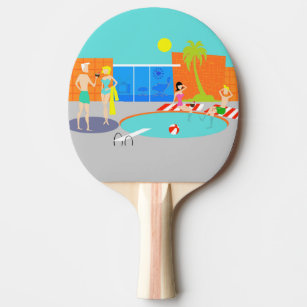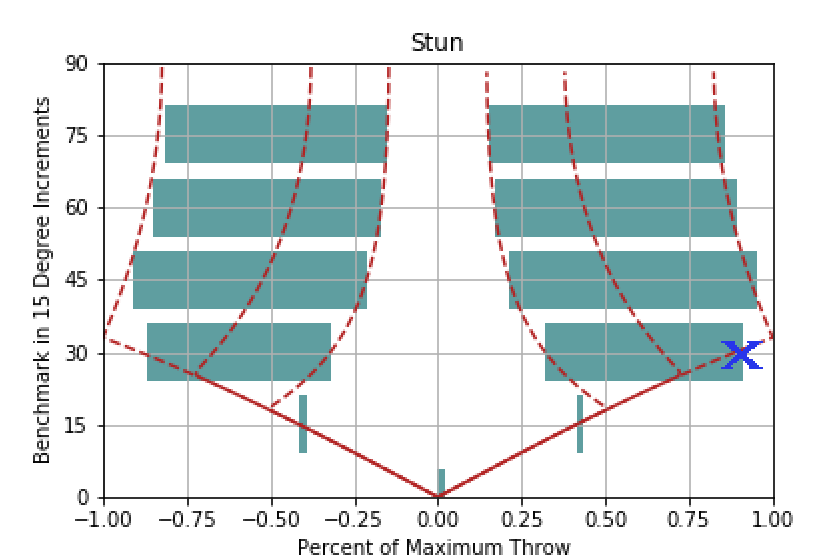
There are many materials available for making snooker utensils. Some cues have a heavier weight than others and some are lighter than others. Maple and Ash are excellent options for snooker, regardless what material they are made from. Maple, however has some disadvantages that should be considered and should not be used without caution. These woods are both whippy and stiff, so you need to be cautious when choosing your cue.
Materials used in snooker cues
Ash cues have clear grain patterns that include chevrons, arrows and chevrons. They can be hard to bend straight due to their uneven graining. It is therefore important to carefully select your cue to avoid potential problems.
Ash cues are traditionally made from English ash, which has become less common due to felling laws. More recently, demand has moved to American ash, which is straight grain. English ash cues are darker and more heavy than the ones in English, and they often display visible chevrons. Acer Sacrarum maples may also be used by players. However, they are usually more expensive. Maple timber is fully kiln-dried, and then seasoned for at a minimum of 12 months.
The same was rolled and bound.
Ash is a dense and lightweight wood that can be used to make snooker cues. It is not as expensive and luxurious as luxury snooker snooker ues. It has a little bit of flexibility, making it easier to spin. It also has lower deflection than other woods.

Ash and Maple are the two traditional timbers for cue shafts. Maple and Ash both offer high levels of rigidity as well as playability. Some models have brass or plastic ferrules.
Responsive to wear and tear
It is crucial to properly care for your snooker utensils. They should be kept out of direct sunlight, moisture and heat. The best way to prevent them from warping or damage is to keep them on a cue shelf. Protect them from chemicals and abrasive materials like sandpaper.
One way to keep them in good condition is to add weight. Selecting a cue must weigh no less than 17 ounces is advisable. Anything lighter will place strain on your arms. Over acceleration can be caused if your cue is heavier than this.
Add weight to the butt
For a balanced snooker game, it is crucial to know the weight of the butt on a cue. Cues made from ash can be found in many forms, while some cues are made with maple. Some cues come with intricate decorations, while some are unadorned.
The shaft's butt, a lower and heavier piece, is connected to the shaft via a screw. The shaft is a smaller and narrower piece. The shaft is a smaller, narrower piece that attaches to the butt. This is where a male screw threads in to a female. Cue joints may be made of brass, plastic or wood. Most common are brass-to–brass joints.

Rolling and bouncing the same
The most popular type of snooker cue is the ash-billiard cue. Ash snooker dice weigh around 18 to 20 ounces. This is lighter than larger billiard balls. Although most snooker utensils are made from ash and maple, some are made with other materials.
Ash snooker snooker cups are also cheaper than other materials. The price you pay for them will be based on the wholesale cost. This makes it easy to find a cue that is affordable.